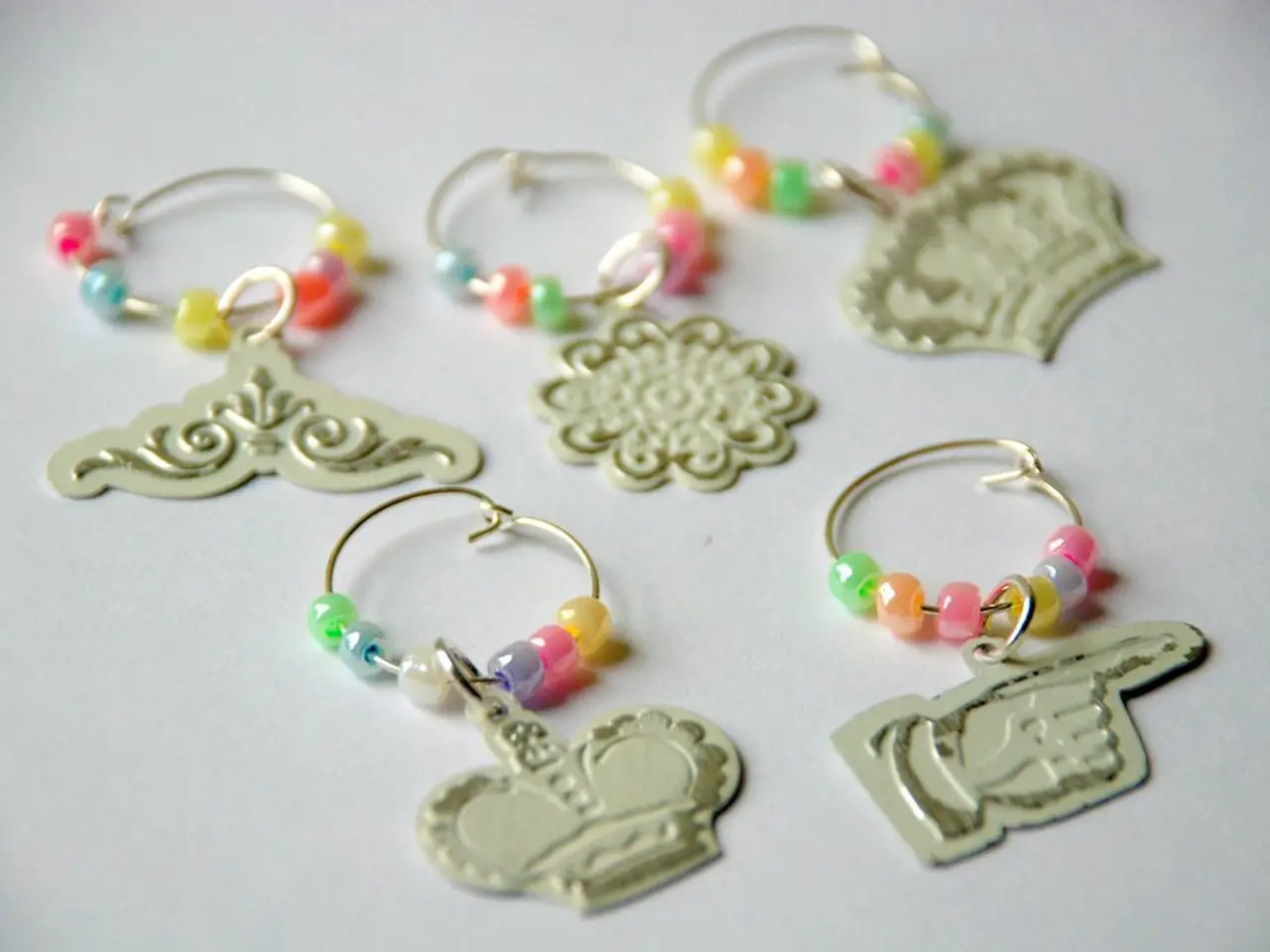Ear Keloid: Understanding origins, remedies, and protective measures
### Effective Treatments for Ear Keloids: A Comprehensive Guide
Ear keloids, while benign, can be a source of concern due to their potential for recurrence and impact on appearance. Fortunately, a range of medical treatments and home remedies are available to manage these growths effectively.
#### Medical Interventions
1. **Corticosteroid Injections**: These injections can soften and shrink keloids by up to 80%, though they may regrow over time[1][2].
2. **Surgical Removal**: This procedure, often combined with other treatments like corticosteroid injections or radiation therapy, can help reduce recurrence rates[1][2][3].
3. **Laser Treatment**: Laser therapy can help reduce the size and discoloration of keloids[1][2].
4. **Cryotherapy**: Freezing the keloid can reduce its size and hardness, making it a suitable option for smaller keloids[1][2].
5. **Pressure Therapy**: This method, particularly effective after surgical removal, helps prevent keloid regrowth[2].
6. **Radiation Therapy**: In combination with surgery, radiation therapy can help prevent recurrence[3].
#### Home Remedies
1. **Emollient Creams and Oils**: These products help soften the skin, though they may not significantly reduce keloid size[1].
2. **Silicone or Polyurethane Scar-Reducing Patches**: These can promote healing and flatten the keloid[1].
3. **Silicone Gel**: Regular application of this gel can help promote healing and soften the keloid[1].
4. **Pressure Dressings**: Consistent pressure from these dressings can help reduce the size of keloids[1].
#### Comparing Approaches
- **Medical Treatments**: These interventions are more effective in reducing keloid size and preventing recurrence, particularly when used in combination (e.g., surgery followed by radiation therapy or corticosteroid injections). However, they may require multiple sessions and can have side effects, such as skin atrophy with corticosteroids[1][2][3].
- **Home Remedies**: Although less invasive, these treatments may not be as effective in shrinking or preventing keloids, but they are safer and can be used over extended periods without severe side effects[1].
A combination of medical treatments and home remedies, tailored to the individual's condition, is often the most effective approach, under the guidance of a healthcare professional.
- At-home treatment for ear keloids may include using emollient creams or oils, silicone or polyurethane scar-reducing patches, silicone gel, and applying pressure dressings. - Keloids are larger than the original wound and can appear on any part of the body, often developing on the ears after a piercing. - In some cases, a dermatologist may recommend using surgical thread to remove a keloid gradually, with the thread needing replacement every 2 to 3 weeks. - If a keloid is very large or does not respond to home treatments, it is advisable to seek medical attention. - Cryotherapy can help reduce the size and hardness of the keloid, especially on smaller keloids. - Keloids may be resistant to treatment, and they may not go away completely in some cases. - A dermatologist may use laser treatment to reduce the size and discoloration of the keloid. - Keloids are benign, meaning they are not cancerous. - Dermatologists can remove keloids through surgery, but nearly 100% of them will return after surgical removal. - A dermatologist may use corticosteroid injections to treat keloids, which may cause 50% to 80% of keloids to shrink, but they may regrow within a few years.
[1] Mayo Clinic. (2021). Keloids. https://www.mayoclinic.org/diseases-conditions/keloids/symptoms-causes/syc-20350197 [2] American Academy of Dermatology Association. (2021). Keloids. https://www.aad.org/public/diseases/scaly-skin/keloids [3] National Health Service. (2021). Keloids. https://www.nhs.uk/conditions/keloids/
- While science offers various medical treatments for keloids, such as corticosteroid injections, surgery, laser treatment, cryotherapy, and radiation therapy, it is important to address medical-conditions like skin-care and health-and-wellness to maintain overall skin health.
- Accident and falls can lead to ear piercings that might result in keloids, which are larger than the original wound and often appear on various parts of the body. Home remedies, such as emollient creams, silicone or polyurethane scar-reducing patches, silicone gel, and pressure dressings, can be used to manage these growths, but they may not be as effective as medical interventions.
- In cases where a keloid is very large or does not respond to home treatments, seeking medical attention is advisable, as a dermatologist may recommend alternative treatments, such as surgical thread removal, laser treatment, or more aggressive medical interventions. However, it's essential to remember that keloids are benign and not cancerous, and some may be resistant to treatment, which means they may not go away completely.




